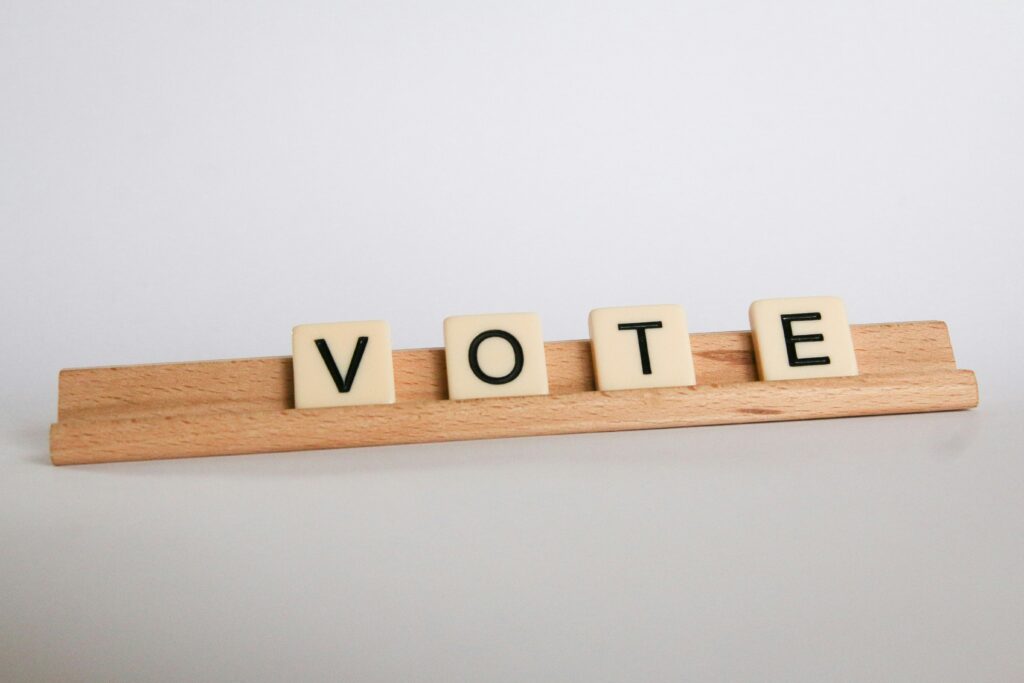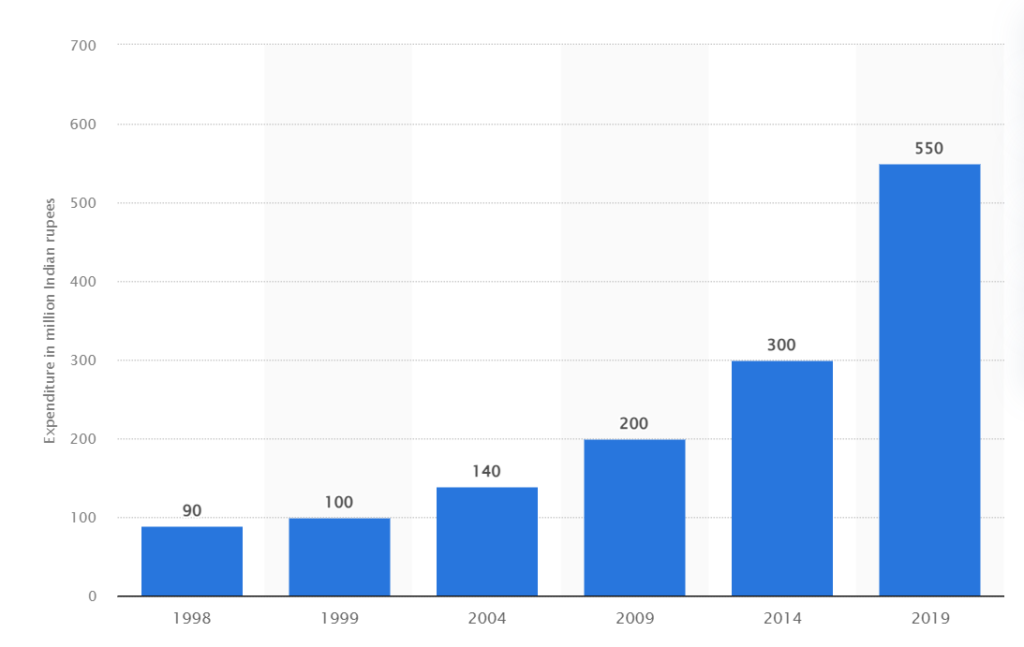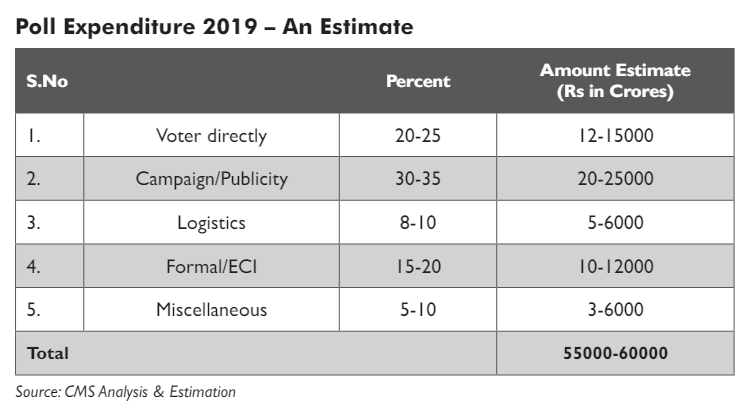
Economics of General or LokSabha Elections in India
Conducting the elections in the most populous country in the world is not less than any herculean task. However, theElection Commission (EC) of India has been doing it meticulously. This time’s election of 2024 is the 18th LokSabha Election and is likely to have approximately 968 million voters going through voting procedure.
While we read about the election results and discuss exit-polls, let’s also understand the cumbersome process and expenditure associated with it. This quick read intends to provide a brief yet details of economics of General or LokSabha election in India.
Cost of Conducting General Elections in India
According to the Government of India’s budget document, the EC’s budget, according to government data, has increased from Rs 236.6 crore in 2018-2019 to Rs 340 crore in 2023-2024. This rise corresponds with the increase in EC staff from 591 personnel in 2022 to 855 in 2024. The revised estimates of 2023-24 budget suggest that expenditure has increased to Rs. 466 crore. In the recent budget 2024-25, the budgetary allocation to the EC is Rs. 321 crore.
It is difficult to estimate the real spending on elections because most of the spending is not publicly disclosed. While there is a cap on the expenditure of candidates, political parties can spend an unlimited amount of money. The expenditure estimates include spending on campaigning or publicity, payments to voters directly, logistics, formal Election Commission spending, and other miscellaneous purposes.
The expenses involved in conducting a Lok Sabha election have risen steadily over the years. For instance, during India’s first election in 1951-52, which spanned 68 phases, the cost was a modest Rs 10.5 crore.
Total expenditure in Lok Sabha elections in India from 1998 to 2019(billion Indian rupees).

Fast forward to 2019, and the cost had skyrocketed to a staggering Rs 50,000 crore ($7 billion), according to a report by the Centre for Media Studies (CMS), which tracks election expenses.

Analysing the expenditure per elector, it is evident that the cost has increased from 6 paise per elector in 1951 to Rs 46 in 2014. This indicates the growing financial burden of conducting elections in India. This surge in costs can be attributed to various factors, including the increase in the number of eligible voters and evolving campaign strategies, particularly the rising expenditure on social media.
On an average, nearly Rs 100 crores per Lok Sabha constituency, has been spend. Overall, it is estimated about Rs 700 per vote was spent in 2019 Elections.
Based on previous years’ trends, the 2024 election is expected to cost approximately double the amount of the last election, amounting to a staggering Rs 1,00,000 crore.
Where does the Election Commission spend on during polls?
The expenses are diverse from deploying officials and armed personnel to setting up polling booths, procuring electronic voting machines (EVMs), and acquiring other necessary equipment like edible ink, as well as running awareness programmes.
Of these, procuring EVMs constitutes a significant portion of the expenses. According to an Indian Express report, since the completion of the 2019 Lok Sabha polls, the expenditure on procuring and maintaining EVMs has increased. In the first Budget after the election, the Centre allocated Rs 25 crore for EVMs. In the latest Budget, Rs 1,891.8 crore was initially allocated for EVMs, with an additional demand for grants of Rs 611.27 crore.
In 2019, the cost of election surged with 8,054 candidates from 673 parties contesting in 543 constituencies, necessitating 1.037 million polling booths.
Administrative costs also form a substantial part of the expenditure. The EC has to remunerate its officials and volunteers for their poll-related work. Officials are paid to attend training sessions and travel. The EC also conducts campaigns and videography polling and campaigns of political parties, significantly increasing the expenses.
A recent order by the EC, dated March 22, reveals that a presiding officer is paid Rs 350 per day while polling officers receive Rs 250 per day.
The 2024 election season, will be the lengthiest ever since the inaugural Lok Sabha election in 1951-52 lasting 44 days. With this we can totally understand why the general elections are costly affairs.
Knowledge-sharing platform is aimed at providing analytical insights into Economy, Public Policy and Foreign Policy.


